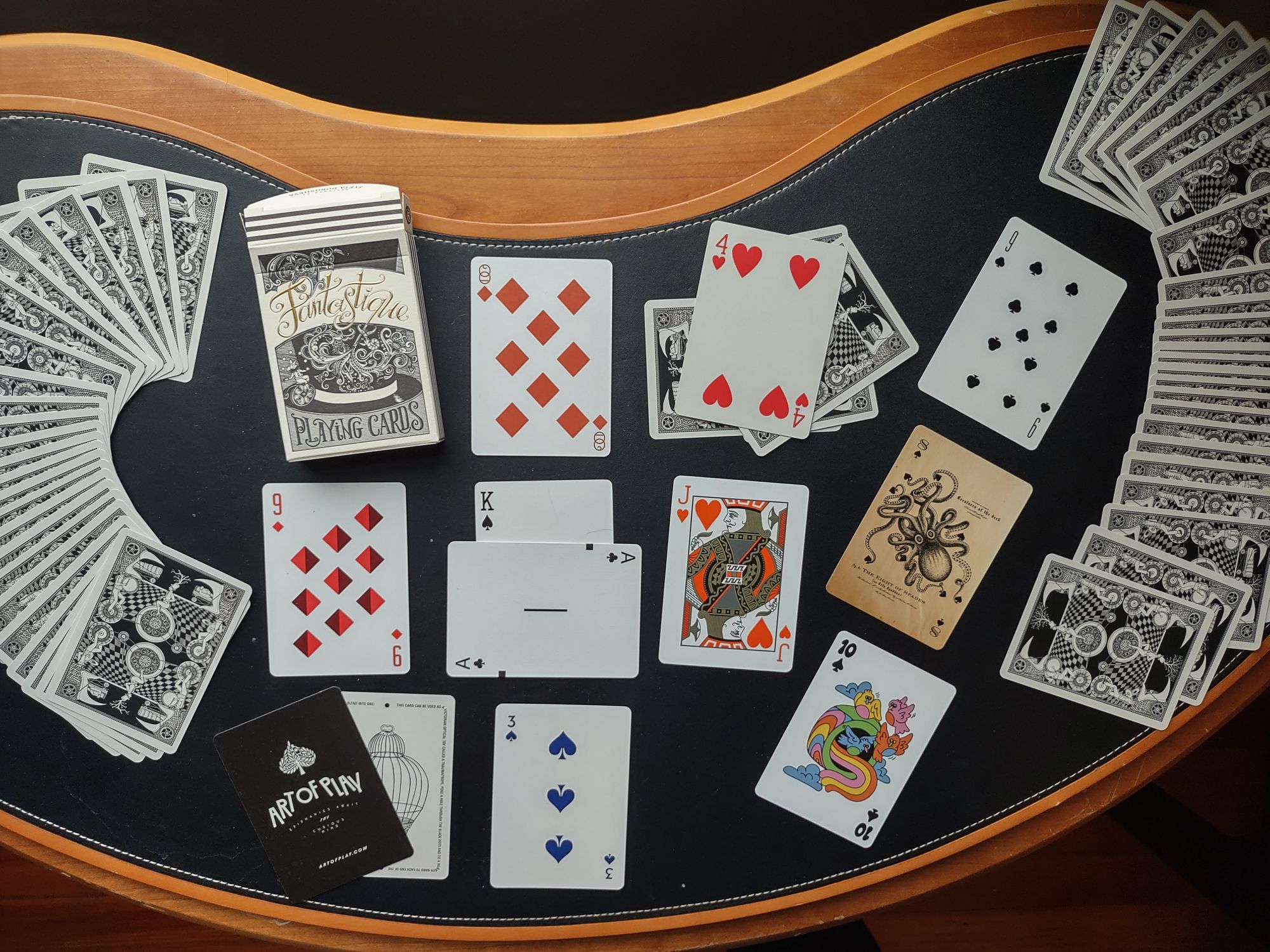X: Axe
So you wanted some axe murderers.

Good morning. Today is décadi, the 10th of Pluviôse, Year CCXXXI. We celebrate la coignée, a tool for chopping up logs.
Every month on the calendar has its own flavor. Vendémiaire was all about food and flowers, and my search algorithm thought I had gone crazy for gardening. Brumaire was root-and-herb heavy, so the algorithm thought I was starting a salad restaurant. Frimaire went all in on nuts and trees, so now I was getting ads for orchards. Then, last month – Nivôse – lurched suddenly into rocks and minerals, making my search history look like that of a middle school science teacher.
Now, the internet is convinced I'm a survivalist. Pluviôse is leaning hard into survival tools and medicinal or utility shrubs. And if you need to survive in the wilderness, next to a knife, some sort of axe is going to be your best friend. The axe is the oldest tool we've discovered, being nothing more than a rock honed to an edge for cutting, after all.
But there are axes for every occasion, and names to give each one. While the first vocabulary word a student of French will learn for axe is hache, the calendar has gone with the more specific coignée, meaning this ain't no hatchet. This is a big, hefty, woodsman's axe, made not for cutting but for chopping. And while the calendar was instituted just a bit before the French Revolution hit its chopping phase, well, the omen portends nonetheless.
So let's throw survival to the side for a day and talk about famous axe murderers.
William Stewart
In this very month of Pluviôse, year XXXVI (1828), a small ship transporting mules and grain from Ireland to Barbados. The ship was run by no fewer than three Bills: William Swanson of Sweden was the second mate, William Smith of Scotland was the first mate, and William Stewart of England was the captain. Everyone else aboard was Irish as a clover, including one non-working passenger named James Gould Raynes.
This passenger had been a ship's captain himself, but had been too habitually drunk on the job and relieved of his duty, and now he had begged his way on board in the hopes of starting a new life in Barbados (whether as a legit seamen or a pirate is anyone's guess).
Halfway through their journey, Captain Stewart had a fever dream that the crew was conspiring against him, fueled by the fact that they all spoke Gaelic to each other and seemed to be forming a particular bond to the Gaelic-speaking ex-Captain Raynes. To prevent a mutiny (in his mind), Captain Stewart chained each member of the crew and Raynes in the saloon. Then, for reasons that were never clarified, after several days of captivity, he dispatched of them one by one with a crowbar, then an axe.
He came ashore in Barbados alone, bathed in blood.
Frankie Silver
Frankie hacked up her husband and tried to burn the evidence in the fireplace just before Christmas in year XL (1831). They lived in the western part of North Carolina, and the notable part of this story is not necessarily the axe murder, but the aftermath. Frankie Silver never said a word to confess or explain why she did it. At the time, the jury viewed her as a jealous wife. But there's no evidence of what she might be jealous of. She could have been abused, or frustrated with their lot in life that her husband seemed loathe to improve, or out of her mind like Captain Stewart. It's impossible to say.
While in jail awaiting execution, her family busted her out and made it nearly to Tennessee before the recapture. When found, Frankie had cut her hair and was attempting to pass as a boy walking behind her father's wagon. "My name's Tommy," she said, but her father added, "Yes, her name's Tommy," and his pronoun slip gave the game away.
At the execution, when asked for last words, her father yelled, "Die with it in you, Frankie!" She was the first white woman executed in the state of North Carolina.
Louis Wagner
There was only one occupied house on Smuttynose Island, off the coast of Maine, in LXXXI (1873). It belonged to a family of Swedish immigrants called the Hontvedts: husband John, wife Maren, her sister Karen, and her sister-in-law Anethe. One night while John was on the mainland, an intruder broke in, strangled Karen and murdered Anethe with an axe. Maren only saved herself by sneaking out a window and hiding until daybreak, when she rowed to the mainland to describe the events.
She immediately named the house's former lodger Louis Wagner as the killer, and authorities quickly found plenty of evidence to corroborate her claim – eyewitnesses, a lack of alibi, boot prints, the whole kit and caboodle. Louis, however, claimed he had been set up by Maren and that she was the true murderer.
Louis was hanged. Nobody believed him. Nor should they, according to all the evidence on display and Maren's lack of motive, not to mention quick and never-changing story to the police that would have implicated her if she was involved.
Nevertheless, a crime writer in CCV (1997) fictionlized the Smuttynose Island murders and made the big twist that Louis was telling the truth, and Maren was behind the plot to kill the other two women all along. This is the version that was made into the Kathryn Bigelow-directed movie The Weight of Water starring Sean Penn.
Thankfully, the movie was terrible and a flop so the false version of the story has not besmirched poor Maren Hontvedt permanently. There are enough skin-crawling "nobody knows why it happened" axe murder stories without adding on a fake "and nobody knows for sure who did it" twist.
Today's card: 4 of hearts

Click for a recap of the story so far...
Rainn has been getting a lot of negativity back from people he interacts with lately (K♠), and he's wondering if he needs to make changes to his whole attitude (A♣). He's been having a lot of success at work lately (9♦), but his company thinks it's all due to good luck (8♦), which is tanking his morale and making him unwilling to continue working hard (3♠). All this turmoil is causing him to see moody and unpredictable in his personal life (J♥). The cards say don't turn away from work, but rededicate himself to it (10♠) as a process and a joy (9♣), and find an ally who's also a high achiever (8♠).
I love a twist ending! In this whole meditation about what Rainn should do at his job, we completely neglected the Jack of hearts warning, and the situation in his personal life has deteriorated into chaos! What we've learned here is that Rainn is at a crossroads. His initial instinct to change everything (Ace of clubs) wasn't misplaced, as he has a stark choice: follow the advice of this reading to get his feelings at work solidified and continue to make lots of money, or change his focus to his personal life and let the chips fall where they may at his job. All these eight, nine, and ten cards indicate he doesn't have capacity to do both. The outcome card isn't the worst it could be (not a two or three), but it's still a clear trade-off: feel sour about work (three of spades) or feel like he has nobody to count on outside of work (four of spades). Good luck, Rainn! We'll start a whole new story tomorrow.

Something fun: 1974 World Axeman Championship (20min)
Australia has a long, strange history of timber sports, and the "Top Axe" event of 50 years ago brought out a documentary film crew to watch the practiced woodsmen of Tasmania take on compatriots from other Australian states and New Zealand as well as (apparently hapless) competitors from North America.
You may think it's over at the 15 minute mark, but they truly save the best for last. No matter what you think tree felling is, you won't be right.



